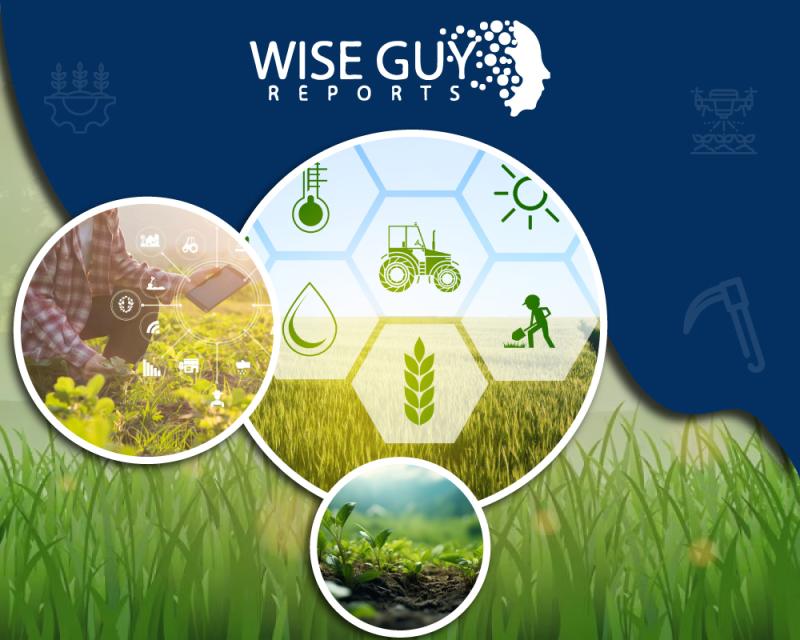The global granular urea market has been steadily growing in recent years, fuelled by a number of factors. A rising global population, increasing food demand, and limited arable land are all contributing to a greater need for nitrogen fertilisers, of which granular urea is a key component.
The agricultural sector's reliance on granular urea as a primary nitrogen source is driving market expansion. However, it's not just agriculture that's driving demand. Industrial applications such as resin production and animal feed additives are also contributing to the market's growth.
Granular urea's appeal lies in its efficiency. It provides essential nutrients for crops, helping to maximise yields while minimising resource inputs. This is particularly important as the agricultural sector seeks to balance productivity with sustainable practices.
Despite its popularity, the market faces challenges. Fluctuations in raw material prices and environmental concerns are key issues. Excessive use of nitrogen fertilisers, including granular urea, can lead to soil acidification, water pollution, and greenhouse gas emissions. Manufacturers and regulatory bodies are tackling these issues by promoting efficient use and application practices, such as controlled-release urea products that minimise nitrogen losses.
A Competitive Landscape of Key Players
The granular urea market is dominated by a number of multinational companies, including CF Industries Holdings, Inc., Yara International ASA, Nutrien Ltd., Bunge Limited, and Koch Fertilizer LLC. These companies are actively expanding their production capacities, strengthening distribution channels, and investing heavily in research and development (R&D) to create more sustainable and efficient fertiliser solutions.
Competition is fierce, not just on price and product quality, but also in terms of strategic partnerships, acquisitions, and investment in environmentally friendly technologies. Companies are increasingly focusing on R&D to develop high-efficiency granular urea formulations that minimise nitrogen losses. Examples of this include controlled-release and coated urea products.
Market Segmentation: A Closer Look
The granular urea market can be segmented by application, product type, and end-user industry, allowing for a deeper understanding of market dynamics and demand patterns across different sectors.
By Application
Agriculture: The largest application segment, where granular urea is predominantly used as a nitrogen fertiliser to support high-yield crop production.
Industrial: Urea is used in a range of industrial applications including resin production, adhesives, and as a reducing agent in selective catalytic reduction (SCR) systems to control nitrogen oxide emissions in the automotive sector.
By Product Type
Standard Granular Urea: The most widely used form of urea, known for its ease of handling and broad applicability in various agricultural settings.
Coated Granular Urea: Coated urea products, including sulfur-coated and polymer-coated urea, are becoming more popular due to their slow-release properties, which reduce nitrogen losses and improve efficiency.
Enhanced Efficiency Urea: Enhanced efficiency fertilizers, such as stabilized urea, are designed to minimise nitrogen volatilization, leaching, and denitrification, thus improving nutrient use efficiency.
By End-User Industry
Agriculture and Horticulture: Granular urea is widely applied in farming and horticultural practices to meet the nitrogen needs of crops, from cereals and vegetables to fruits and flowers.
Chemical Industry: In the chemical sector, urea is a raw material for producing urea-formaldehyde resins and melamine, used in various industrial products.
Environmental Applications: Granular urea is used in air pollution control systems, specifically in selective catalytic reduction (SCR) technology to reduce nitrogen oxide emissions.
Regional Analysis: A Global Perspective
The granular urea market is spread across the globe, with demand patterns varying by region due to differences in agricultural practices, industrial activities, and government regulations.
North America: A mature market for granular urea, driven by extensive agricultural activities, particularly in large-scale corn and wheat farming. Government initiatives promoting responsible fertilizer use are also influencing the market.
Europe: Marked by stringent environmental regulations that encourage the use of sustainable fertilisers. The region's demand is influenced by the EU's regulations on nitrogen application rates and various subsidies and support programs that encourage the adoption of high-efficiency fertilizers.
Asia-Pacific: The largest and fastest-growing granular urea market, driven by high demand in countries such as China, India, and Indonesia. The region's vast agricultural base, combined with government support, is driving market expansion. However, as environmental concerns mount, there is a growing emphasis on balanced fertilisation practices.
Conclusion: A Market Poised for Continued Growth
The granular urea market is expected to continue its steady growth trajectory in the coming years, driven by increasing demand from the agricultural sector and other industrial applications. As environmental concerns grow, the focus is shifting towards more sustainable and efficient urea products. The market is likely to see a continued focus on R&D, as well as on efficient application practices to reduce nitrogen losses and promote more sustainable agricultural practices.

